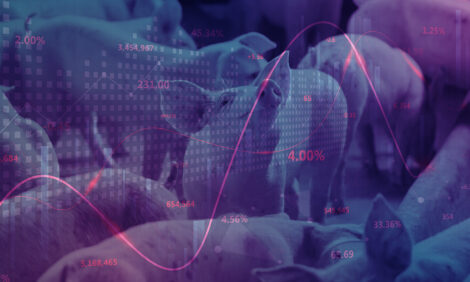



Korea Livestock and Products Annual 2006
By USDA, Foreign Agricultural Service - This article provides the pork industry data from the USDA FAS Livestock and Products Annual 2006 report for Korea. A link to the full report is also provided. The full report includes all the tabular data which we have omitted from this article.Report Highlights
The ban on U.S. beef, which has been in place since December 2003, was lifted on September 11, 2006. It is expected that U.S. beef imports will grow slowly as the quarantine inspection process may be difficult and consumption patterns change. Many consumers switched from beef to pork and pork imports have enjoyed a tremendous boom as a result. With the market opening for U.S. beef, imports of pork are expected to decline.
Swine and Pork
The swine and pork market has enjoyed a prosperous market after the ban on U.S. beef imports in December 2003; however, 2007 may be a turning point. Korean swine producers have gradually increased their inventory to capture the high demand for pork coming from high beef prices and consumers’ preference for pork as there are still concerns over the safety of imported beef and poultry due to avian influenza. The increase in domestic swine production and the aggressive pork consumption campaign funded by a check-off program, have not only increased the consumption of non-popular cuts, such as pork tenderloins, they have also reduced imports.
Pork imports are expected to continue to drop in 2007 as U.S. beef imports are expected to capture some of the demand for protein. The lower demand for pork will force the domestic swine producers to reduce their herd size and will result in increased slaughter in 2007. The increased slaughter will result in larger supplies and lower prices further reducing the demand for imported pork.
Further Information
To read the full report please click here (PDF format)
List of Articles in this series
To view our complete list of 2006 Livestock and Products Annual reports, please click hereSeptember 2006








